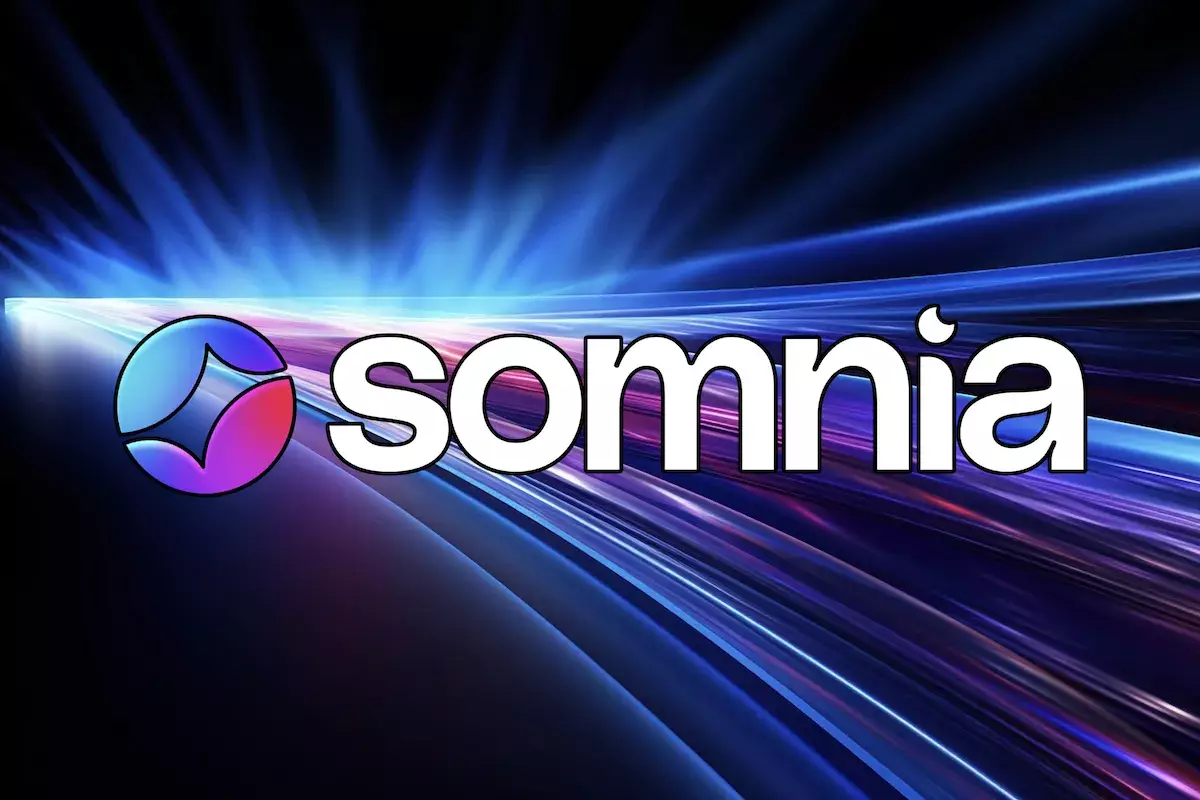Blockchain technology has always been heralded as a game-changer, yet scalability and performance issues have traditionally tethered it to its infancy. The announcement of Somnia, a progressive Layer-1 blockchain, offers a glimpse of what might lie ahead. Poised to support applications that prioritize speed and reliability, Somnia’s recent Devnet test results demonstrate that the landscape of blockchain development is on the cusp of significant change. Achieving up to an astonishing 1.05 million ERC-20 token transfers per second (TPS), Somnia has started to redefine the expectations for blockchain capacity and throughput.
In a series of tests designed to mimic real-world usage patterns, Somnia showcased its formidable capabilities. Beyond just token transfers, the results indicated the capacity to mint 300,000 NFTs per second, coupled with an impressive block time averaging just 100 milliseconds. Such rapid processing speeds signify a move towards an era where artists and developers can generate digital collectibles without worrying about congestion or delays.
Moreover, Somnia proved its mettle in the decentralized finance (DeFi) sphere, handling up to 50,000 Uniswap trades per second across a testing environment that simulated 100,000 accounts. This capability illustrates a profound potential for efficient trading during peak periods—crucial for the volatile nature of crypto markets. These statistics affirm Somnia’s promise as a network that not only embraces the complexities of high-demand applications but exceeds them.
Technical Prowess Underpinning Performance
The architecture behind Somnia is meticulously engineered to ensure outstanding performance. Built by a team at Improbable, it employs a custom Ethereum Virtual Machine (EVM) compiler that optimizes the processing of smart contracts. This innovation is key, as smart contract execution is often a bottleneck for speed in traditional blockchain environments. Additionally, advanced data compression methods further enhance efficiency, making it feasible for users to enjoy low transaction costs—often less than a penny per transaction.
Equally noteworthy is IceDB, Somnia’s specialized database designed to achieve read-and-write speeds in the nanosecond range, measured between 15 to 100 nanoseconds. Such blazingly fast database interactions ensure that the network remains responsive, thereby enhancing user experience across various applications.
Paul Thomas, the Founder and CEO of Somnia, articulated the significance of these results, stating that they validate the team’s approach in catering to high-performance decentralized applications (dApps). His assertion that these benchmarks break through the traditional limitations associated with blockchain technology highlights a strategic vision aimed at unlocking new opportunities for developers.
Thomas’s commentary also hints at a broader ambition: to usher in an era of fully on-chain applications. When transaction speed and scalability no longer pose challenges for development, the path opens up for innovative solutions across diverse sectors, including gaming, social networking, and finance.
Somnia’s roadmap entails the imminent launch of a public testnet, a crucial next step for engaging developers and community members alike. This forthcoming phase enables real-world experimentation with the network’s capabilities, allowing early adopters to build their platforms without fears of excessive fees or slow response times.
Looking ahead, the Somnia team is focused on iterative improvements, dedicated to enhancing both speed and affordability. By nurturing an ecosystem conducive to new on-chain experiences, they aim to ignite a transformation within Web3 spaces. Early signals from the Devnet results suggest that Somnia is not only pushing boundaries but potentially setting a new standard for blockchain technology.
As Somnia charts its course forward, its ambitious goals beckon a new age of blockchain technology. By overcoming hurdles that have long kept developers at bay, the network promises to unlock pathways for innovation that were once thought impossible. If these early results are indicative of broader capabilities, Somnia may well set the pace for a surge in Web3 applications, ultimately redefining user expectations and experiences in the blockchain realm.

